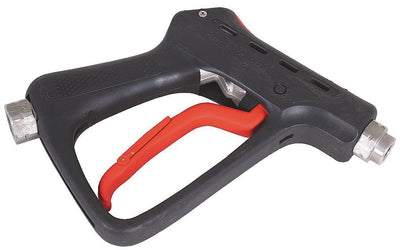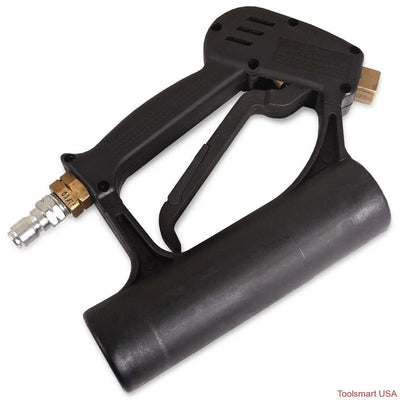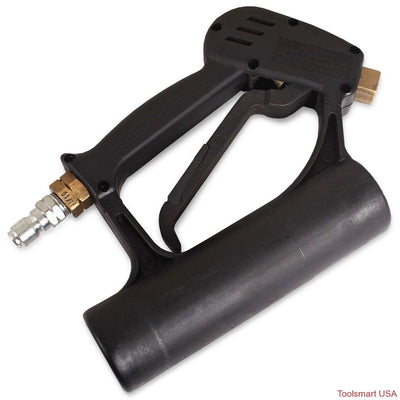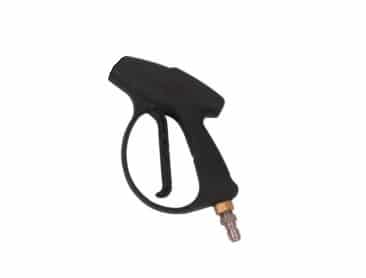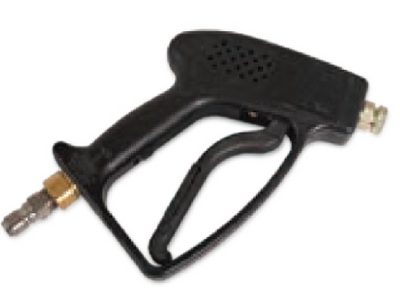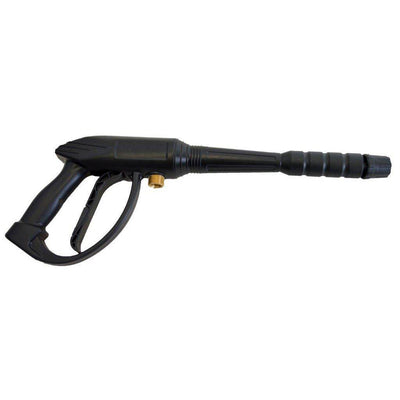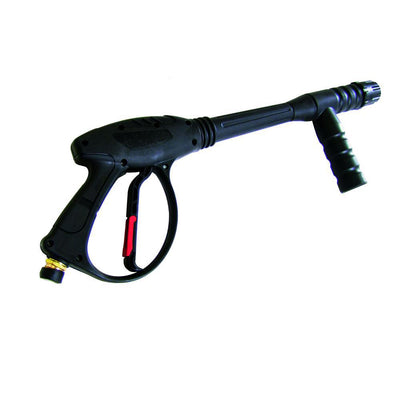Viscosity and Its Effect on Spray Finishing
Viscosity is a key aspect of finishing. It alters the way you spray, the finish you obtain, and the equipment you need. Typically the thicker a material the more viscous it is. With higher viscosity typically larger fluid nozzles are needed and increased pressure as well. If a material is too viscous it will have to be sprayed from a pressure gun instead of gravity or siphon feed, excess viscosity can also result in orange peel finish due to chunks of material not being able to be broken up by the air cap. On the opposite side of the coin if a material is to thin it will run easily when transferred to a product surface resulting in a poor finish quality. Additionally, it will not coat a product as rapidly as a thicker (more viscous material). With a thinner less viscous material, fluid nozzles usually should be a smaller opening size to allow for less material to be applied at once which helps reduce runs in the finish. With these key principals about viscosity you can better understand the requirements you need for your spray application.
The best way to determine a material’s viscosity is to utilize a certified viscosity measurement device such as a Zahn or Ford cup. The key to this is that viscosity should be checked often as it will change based on a variety of factors. Viscosity changes based on humidity of the environment, the heat of the material, and based on the way the material is formulated (are any thinners added, any additional chemicals?). By ensuring viscosity remains consistent between batches of paint you can ensure uniformity of finish quality. As we see viscosity is vital to finish quality, material requirement, and equipment set up. For these reasons we should always be cognizant of the viscosity of the paint were using and how it changes with variance in environment conditions.


